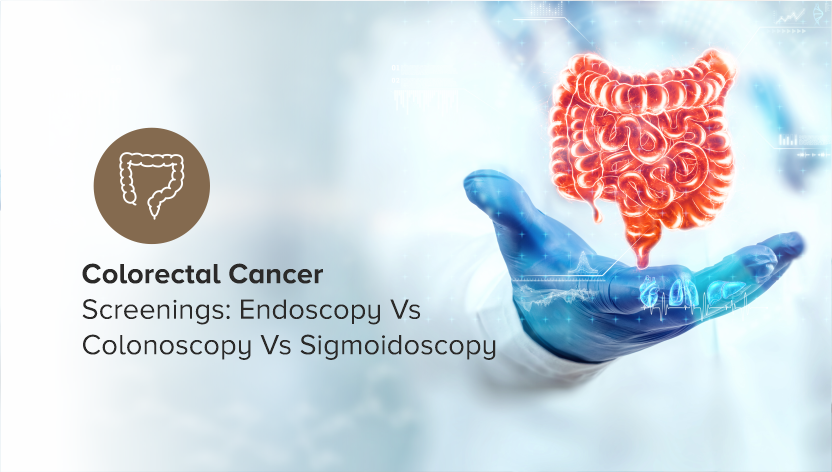Colorectal cancer is a significant health concern worldwide, but the good news is that early detection through proper screenings can save lives. Given the different screening options available, it can be overwhelming to decide which one is right for you.
